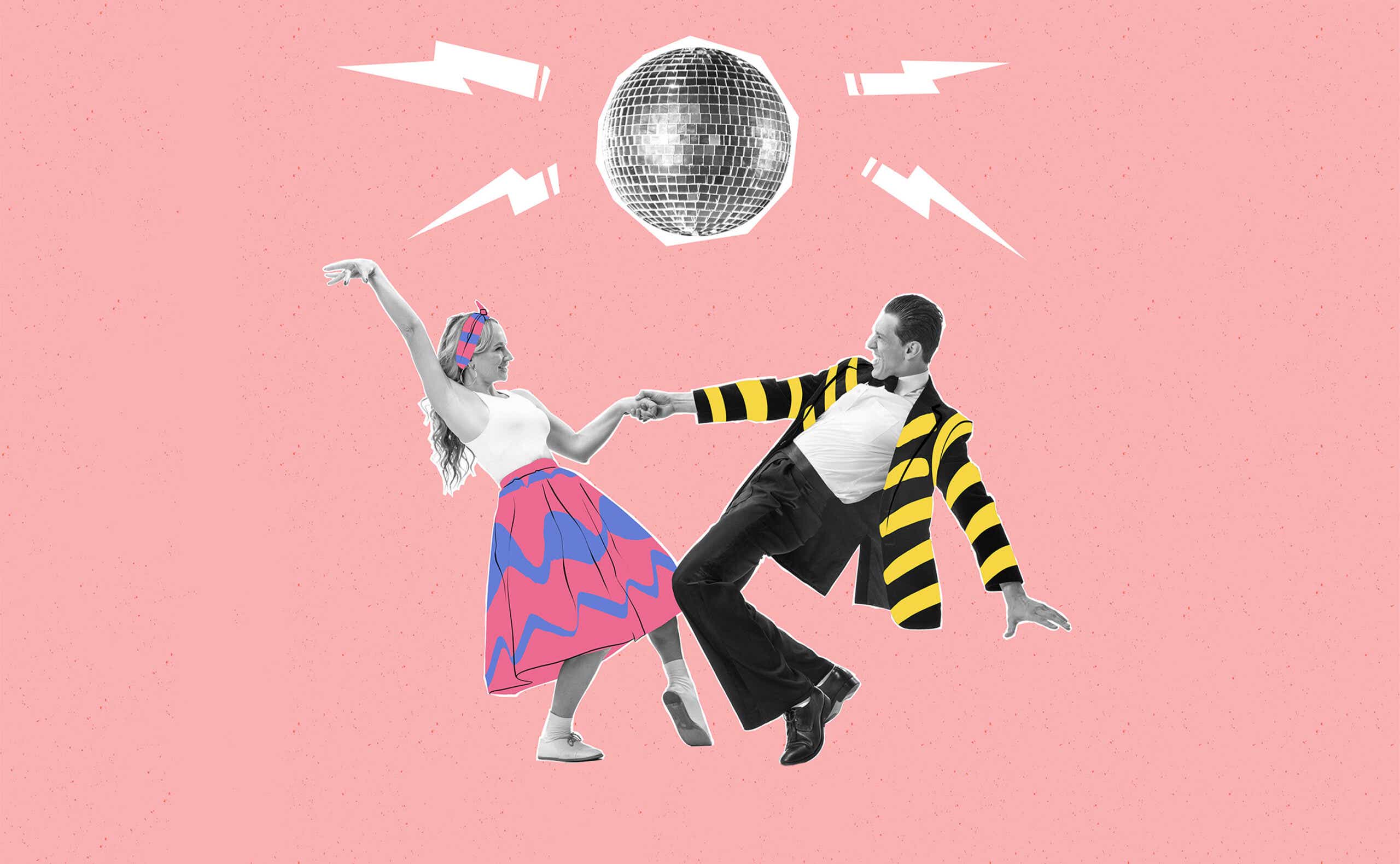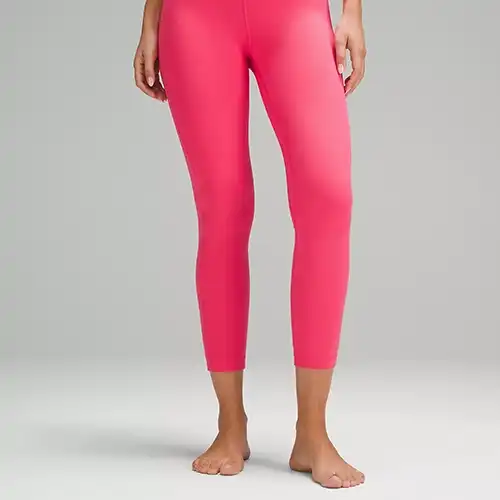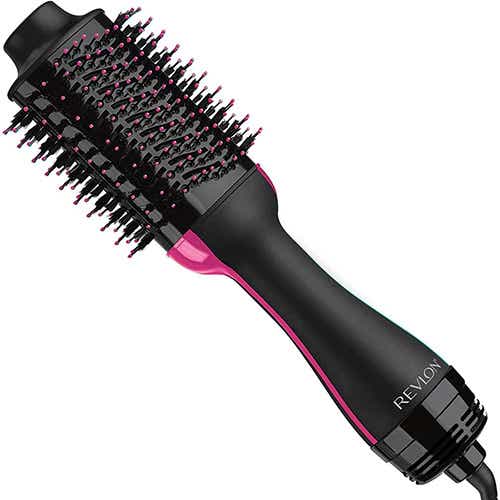DINKs flaunting their lifestyles on TikTok are more relatable than you think.
On social media, a certain type of couple seems to have it all. They’re in their late 20s or early 30s, with a luxurious apartment or a spacious new house. They’ve stuffed their habitat with every toy an upwardly mobile adult could want — from the latest virtual reality headset to the hottest newfangled exercise machine. Their snack cupboards are filled to the brim, thanks to splurging on the latest superfoods. Their closet is full of sleek, designer clothing and $500 sneakers. They’re going on vacation several times a year — and they’re always sure to post pictures of the lavish resort or bustling international city where they stayed.
But this couple isn’t necessarily “rich” by the standards of today’s 1 percenters — they’re just fully employed and childfree. These couples are DINKs — that ridiculous-sounding acronym that stands for “dual income, no kids.”
Once a hallmark of ’80s yuppiedom, DINKs are back, and these modern iterations have taken to platforms like TikTok to brag about their disposable income. That’s making some on social media seriously irritated about this freedom-and-cash-flaunting content, which detractors see as “wasteful.” And these couples certainly aren’t going anywhere — a 2023 survey found that “one in eight adults fall into the DINK category, and that a further two in five (39 percent) don’t plan on having children in the future.”
If you’ve seen these creators, you might roll your eyes and scroll right past them. But the term “DINK” is, of course, decades older than TikTok, and only a few years younger than the advent of the internet. We dove into where it originated — and why (maybe unfortunately) this term has stuck around.
What does DINK mean?
Again, DINK stands for “dual income, no kids,” which means that a cohabiting or married couple both work full-time jobs without plans to start a family. As a result of being child-free, these couples have a lot more disposable income to spend on non-essential items and experiences. DINKs who like fancy electronics may commute on a new hoverboard while wearing AirPods. Other DINKs who value experiences might take frequent impromptu trips abroad, though the vacation must always be carefully filmed and documented. (Pic or it didn’t happen, right?)
You might also see the term “DINKWAD” floating around — this means “dual income, no kids, with a dog.” It implies that all the extra attention typically paid to a child will be lavished upon a pet instead. On the other hand, an equivalent term “DINO,” which stands for “dual income, no offspring” has also taken off. And, lest you think couples have all the fun, others are bragging about being “SINKs” (single income, no kids). Oh, and not all DINKs are completely set on being child-free forever — a “DINKY” is “dual income, no kids yet.” In other words, it’s an alphabet soup of quippy hashtags.
Why have DINKs been trending?
Thanks to TikTok, the term has taken off as a way for creators to describe themselves and catalog the perks of not having kids. The DINK hashtag has 247.1 million views, so said perks have a pretty wide reach. Plus, these couples really do have enviable lifestyles. According to that 2023 survey, DINKs are living it up; they’re spending an average of “£2,101 [$2,701.78 USD] per month, compared to the national household average of £1,926 [$2,476.45 USD] per month.” They’re spending all that cash on leisure activities — when they’re not saving it: “Two-thirds (63 percent) like to spend cash on going out for food and drinks, 56 percent put money into savings, while 54 percent spend their disposable income on holidays.” Sounds luxurious, right?
The most viral DINK TikTok, posted by a woman named Kate, details her and her husband’s lives as a childless married couple in their 30s. The two take a Costco trip — which is something that many families do all the time. But Kate points out that their cart is filled with fun snacks instead of just necessities.
“We don’t have kids to feed, but we’ve got lots of money to spend on goodies,” she says.
Another viral TikTok stars a dog wandering around its own, personal bedroom. The space is filled with aesthetically pleasing dog toys and supplies. Text accompanying the video says, “POV: Your parents are millennial DINKWADs and they buy you a house with your own bedroom.”
In other videos, couples boast about skiing trips, their multi-story homes, their ability to play video games all day if they want, and extravagant Kobe steak dinners. (And there may be a Persian cat in the background, looking pampered and serene.)
DINK videos are getting their fair share of flack: In the comments on Kate’s Costco video, detractors make it clear that gloating about the DINK lifestyle isn’t cute. “There are going to be a lot of old, sad people with no family one day,” someone chimes in.
“Being a DINK is fun, but having a kid completely changed my perspective on life. I could care less about those days, looking back,” another says.
“DINKs are cool until you realize they’re a symptom of a dying country,” one says.
But while TikTok is a very modern invention, the hate directed toward these unencumbered pairs is nothing new.
Millennials are the latest DINKs — but boomer women paved the way
If the term DINK sounds annoyingly familiar, you’re not hearing things. The acronym has been around since at least the late ’80s, similar to the term “yuppie” (that snide way of calling someone a “young professional”). The term predates TikTok by at least 36 years: In 1987, journalist Nikki Finke wrote an LA Times article about DINKs. Finke’s work was one of the first think pieces on the then-new phenomenon of an increase in childless couples in the U.S.
In the article, Finke describes a DINK as “a shorthand way of describing the millions of baby-boom couples who work for wages and, so far, don’t have children.”
While childless couples certainly weren’t a brand new concept back then, cultural critics and marketing experts in the late ’80s were astounded by the sheer volume of the rising demographic. In 1980, just 7 percent of married women didn’t have children. In 1998, the number doubled to 14 percent.
According to Finke, the term DINK was first used in print by then-New York magazine associate editor, Amy Virshup. Now the travel editor for The New York Times, Virshup said the term “DINK” emerged to pinpoint something new — the idea of women increasingly prioritizing careers over childrearing.
“Both members of a couple — and at the time, this mostly applied to white, heterosexual couples — were professionals with a fairly high level of earning power,” Virshup told Katie Couric Media in 2023. “Women had been in the workforce prior to that time, but it probably wasn’t until the ’80s that they were part of the professional workforce in the same kinds of numbers as men.”
The LA Times piece does point out that the original boomer DINKs of the ’80s are distinct because women had started entering the workforce in droves: “From 1965 to 1985, the number of women with jobs almost doubled. Among 25- to 34-year-old married couples, two-thirds of the wives are working for wages, compared with fewer than half a decade ago.”
A 1986 Atlantic article also states that women were unapologetically defining themselves via their career goals, instead of family: “From 1890 to 1985 the participation in the workforce of women between the ages of twenty-five and forty-four soared from 15 to 71 percent.”
Valerie Folkes also contributed to the LA Times piece back in 1987, when she was an assistant professor of marketing. Now the professor emeritus of marketing at the USC Marshall School of Business, she points out that the term DINK has stuck around because the trend of dual incomes has only become more mainstream. “Women are increasingly earning about the same amount as their spouses,” she said in 2023. “It used to be that people thought if you didn’t have children, you were selfish.”
Futurist and author Faith Popcorn — who also contributed to the 1987 LA Times article — agrees that DINK boomer women way back when were pigeonholed as being selfish, as well as void of maternal sentiment. “If you didn’t have a baby, most of your bosses — who were male — thought you were barren of emotion,” Popcorn said. “But if a man didn’t have kids, he was just a fun guy who was more available to travel.”
So when you see that silly-sounding acronym making the rounds lately on social media, it might be constructive to resist your eye rolls and reconsider those DINKs showing off online. Not only have women established themselves in the workforce, they’re also enrolling in and graduating college at higher rates than men. Those big, braggy Costco haul videos may grate on you — especially when they hit the $400 mark — but they do have roots in something bold. As women’s spending power increases, so does their overall cultural and political power. And no cutesy term can negate the importance of that.












